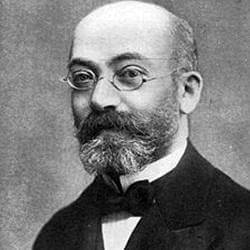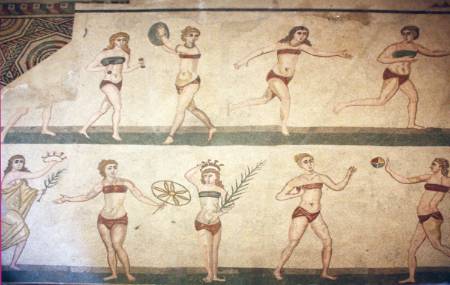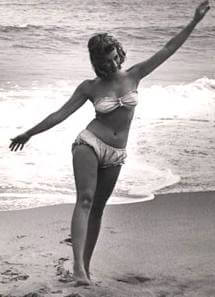Pushbutton Phone Day
On November 18, 1963, the first pushbutton telephone went on sale to the public. It may seem quaint now in the age of mobile phones, when many of us don’t even have landlines anymore. But this was cutting-edge technology in its day and remains an integral part of telecommunications history.
Industrial designer Henry Dreyfuss, working under contract to Bell Systems, devised the form of the Touch Tone™ Model 1500 telephone with the help of wooden models like this one.
Tone dialing had been in use within Bell Systems’ switching network for several years. With the introduction of the Model 1500, tone dialing was made available to the general public. It featured the same footprint and handset as its predecessor but replaced the rotary dial with a 10-button keypad. (It had no # and * buttons; those keys were added in 1968 with the Model 2500.)
Bell set the stage for the rotary dial phone’s replacement when it showcased the new pushbutton phone’s speed and convenience at the 1962 World’s Fair in Seattle, Washington.

A phone subscriber lifted the receiver off the hook and asked the operator to place a call. If the requested number was located on the operator’s switchboard, she would connect the call by plugging the ringing cord into the jack corresponding to the called customer’s line. If that line was on a different switchboard or in a different central office, the operator plugged into the trunk for the destination switchboard or office and asked the operator who answered (known as the “B” operator) to connect the call.
Operators were in the perfect position to listen in on conversations. Their assistance was required for anything other than calling telephones across a common party line. Back then, “party line” did not refer to one of the infamous 900 numbers that pegged credit card limits in the 1980s. (Here’s a fun compilation of ads for those.) Party lines were shared by residents, especially in rural areas, where demand outstripped supply, and were notorious for neighbors monitoring each others’ conversations for gossip fodder.
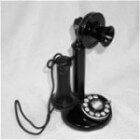
First dial phone–1919
Rotary dial service eliminated the need for human switchboard operators. An “off-hook condition” was immediately detected when a caller lifted the handset. The sound of the dial tone signaled that the automatic exchange was ready to receive dialed digits. Pulse tones defined by the length of each rotation of the dial were processed, and a connection was established to the destination telephone.

The touch-tone system introduced in 1963 greatly improved upon the speed of the rotary dial’s pulse method of routing calls. It also entertained teenagers who enjoyed keying songs into their parents’ phones using its musical notes. This sometimes resulted in huge phone bills when one of those tunes happened to begin with a 1 or a number within a local area code that incurred long-distance charges.
The Pushbutton Telephone Songbook was published in 1971 to address the problem of how to safely play songs without incurring long-distance charges. The book sold more than 500,000 copies.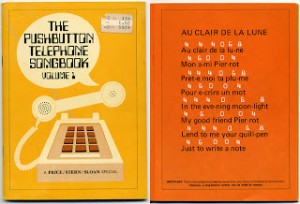
Today’s cellular phones don’t need a dial tone because they parse and send whole phone numbers at once. Some include a simulated dial tone as a familiar aural cue to the owner that a “line” is available. Jitterbug phones, marketed directly to seniors, incorporate this comforting feature.
For the most part, these technologies are rapidly fading from memory. The phone is more ubiquitous than ever, having made the leap from our homes into our pockets. Many young people have never touched a rotary phone or heard a dial tone. So today, we salute the innovations that brought us to this moment in time.
Happy Pushbutton Phone Day!


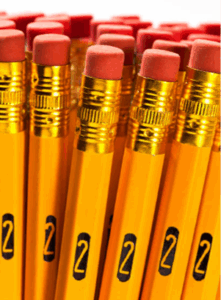 Today is National #2 Pencil Day. Though this holiday’s provenance is unclear, there’s no question that this classic writing instrument has made its mark on history. (Sorry, had to do it.)
Today is National #2 Pencil Day. Though this holiday’s provenance is unclear, there’s no question that this classic writing instrument has made its mark on history. (Sorry, had to do it.)